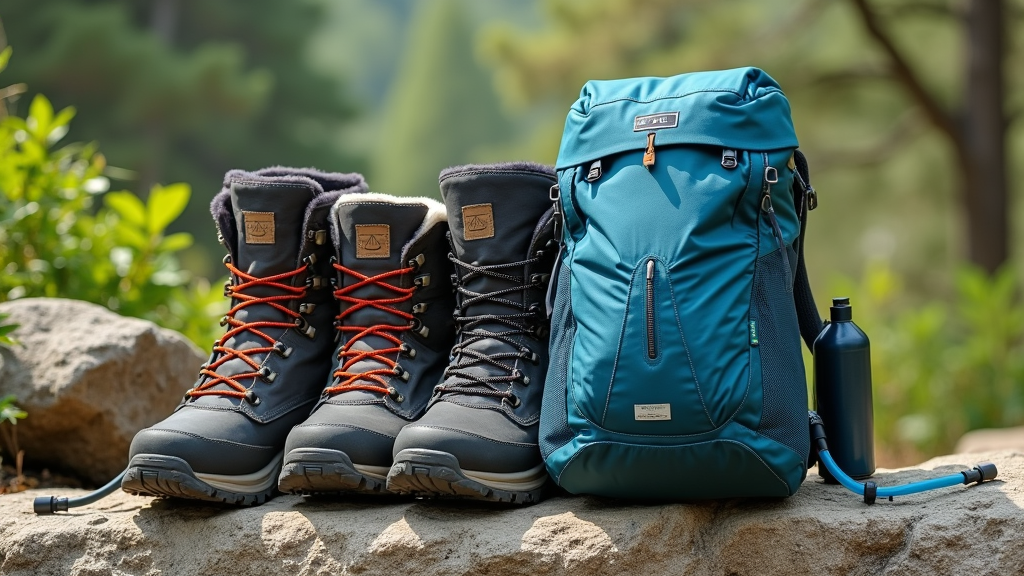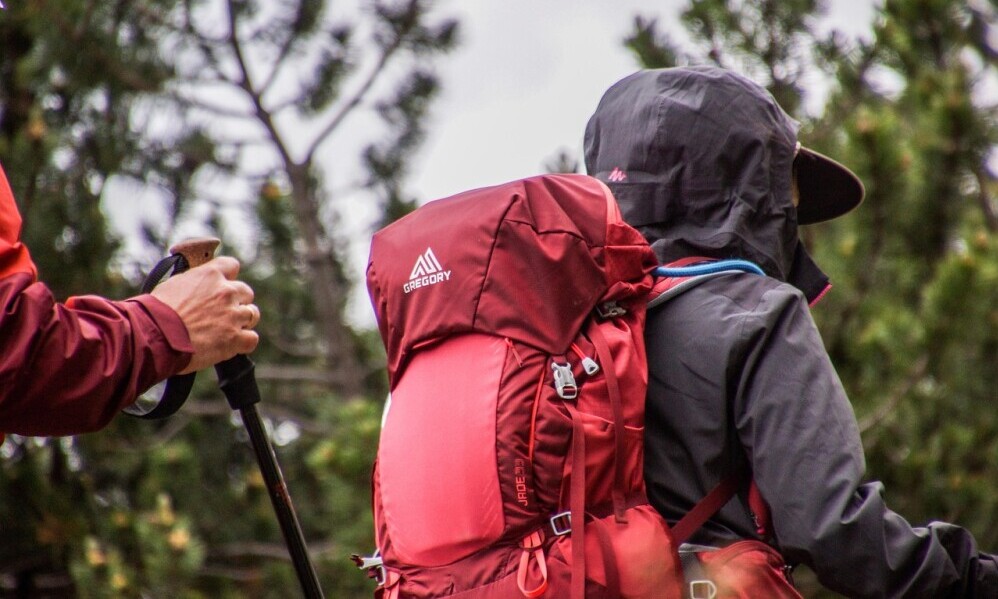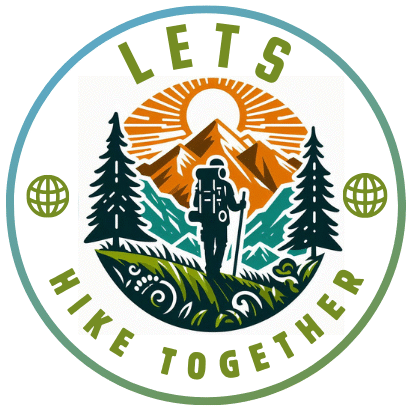From Boots to Backpacks – How to Gear Up the Right Way
Choosing the right hiking gear can be both thrilling and intimidating. When you decide to hit the trails, careful preparation makes your adventure enjoyable and safe. Whether you’re venturing onto local paths or planning a serious outdoor expedition, having the right equipment not only keeps you comfortable but also prepares you for unexpected challenges. This guide offers an all-in-one overview of essential items, practical advice, and tips for beginners to help smooth your journey into nature. Get ready to step up your hiking game and enjoy the beauty of the outdoors.

Essential Gear for Beginner Hikers
For those new to the trails, having a solid set of equipment is very important. A well-thought-out gear list not only boosts your confidence but also prepares you for changes in weather and terrain. Basic items like footwear, moisture-wicking clothing, and a form the core of your kit. By investing time in selecting quality gear, you can avoid unwanted hassles. This section lays out the must-have items that will keep you safe and comfortable while you explore. With the right equipment, you’ll be prepared for both sunny days and unexpected showers, making each outing as smooth as possible.
Getting Started with Hiking: What You Really Need
Before stepping out, it’s a good idea to check out a few key elements of your hiking setup. Begin with a straightforward list of essentials that include water, snacks, navigation aids, and weather-appropriate clothing. A simple approach removes extra stress from your planning. Less is often more. New hikers benefit from gear that is easy to use and tested in everyday conditions. When you are familiar with the basics, you can gradually add more specialized equipment as your outdoor adventures progress.
 Photo by Rottonara
Photo by Rottonara
Things to Consider Before Buying Hiking Gear
Investing in hiking gear requires a thoughtful look at several factors.
- Budget: You don’t need to buy the most expensive gear right away. Look for high-quality basics, and upgrade gradually as you hike more often.
- Fit and Comfort: Ensure that every piece fits well and performs comfortably no matter how rough the trail might be.
- Weather Readiness: Choose waterproof outer layers that handle a range of conditions, especially rain and wind.
- Durability & Weight: Gear built to last and that is light on your shoulders will help you maintain energy during long hikes
Carefully weigh these considerations to make a smart purchase that meets your specific outdoor needs.
Footwear
Your shoes or boots set the foundation for every hiking adventure. Good hiking footwear provides stability, grip, and support on uneven trails. For beginners, trying several pairs in a local park can help you get a sense of what works best for your feet. A comfortable fit and reliable traction prevent slips and muscle strain, making every step safer. Remember that well-fitting footwear contributes a great deal to your overall experience, allowing you to focus more on enjoying nature and less on discomfort.
Clothing Layers
Layering your clothing is a smart strategy for handling changes in weather during your hike. Start with a moisture-wicking base layer to keep your skin dry. Add a middle layer that traps heat and finish with a waterproof top to fend off rain and wind. This approach gives you the flexibility to adjust on the fly as temperatures shift. Learning how to mix and match your layers will ensure that you’re comfortable whether it’s a warm morning or a chilly afternoon. Practicing this system on short trips can help you master its benefits before tackling a full-day adventure.
Backpack and Storage
A good backpack is more than just a bag; it’s a mobile storage space that organizes your essentials. Choose a backpack that fits snugly while distributing weight evenly over your shoulders. Look for features like adjustable straps and multiple compartments. This helps in keeping items like water, snacks, extra clothing, and emergency supplies within easy reach. Trying on a few models can provide insight into what feels best for long hikes. A well-chosen pack makes a big difference, reducing fatigue and allowing you to focus on enjoying your surroundings.
Advanced Tips and Tricks
Once you’ve mastered the basics, it’s time to explore a few advanced tips that can really step up your hiking experience. Begin by testing your gear on shorter trips to see how everything performs under real conditions. Experiment with different packing techniques to make your backpack even more efficient. Consider modular equipment that lets you adapt your setup for longer journeys or tougher trails. Small additions like compact first aid kits and multi-tools can be very important when unexpected events occur. These suggestions help you fine-tune your system so that every hike becomes a learning opportunity.
The Basics: What Equipment Should Beginners Focus On?
Keeping it simple can be the best strategy when you’re starting out. Focus on acquiring sturdy footwear that offers great grip and proper support. Choose clothing that adjusts to temperature shifts and protects you from the elements throughout the day. A mid-sized backpack that holds all your key items without weighing you down is essential. Don’t overlook hydration; having an easily accessible water source is crucial. Each of these items works together to provide a safe and comfortable hiking experience. As you gain confidence and learn more about your personal needs on the trail, you can slowly add specialized gear that fits your adventures.
Extra Advice for a Successful Hike
Planning your hike in detail makes all the difference. Start by mapping out your route and checking the weather forecast so you can be ready for any surprises along the way. It’s very important to let a friend or family member know your plans. Packing light but smart is another key to success – bring only what you truly need and consider multipurpose items that can serve more than one function. Taking breaks and appreciating your surroundings can turn a challenging trek into a rewarding experience. Finally, remain flexible on the trail; sometimes conditions change and your ability to adapt will lead to a more enjoyable journey. Being prepared both mentally and physically ensures that every step you take is one toward a memorable adventure.
Wrapping Up
Hiking provides a unique opportunity to connect with nature while challenging yourself. By focusing on the right gear from the very start, you set the stage for safe and fun adventures. Every launch into the wild begins with a solid foundation: reliable footwear, smart clothing choices, and a well-organized backpack. As you gain experience, it becomes easier to make adjustments and add to your kit. Remember to plan carefully, test your equipment on shorter trips, and always be ready to adapt. The outdoors is filled with surprises, and proper preparation can make all the difference in enjoying them to the fullest.
